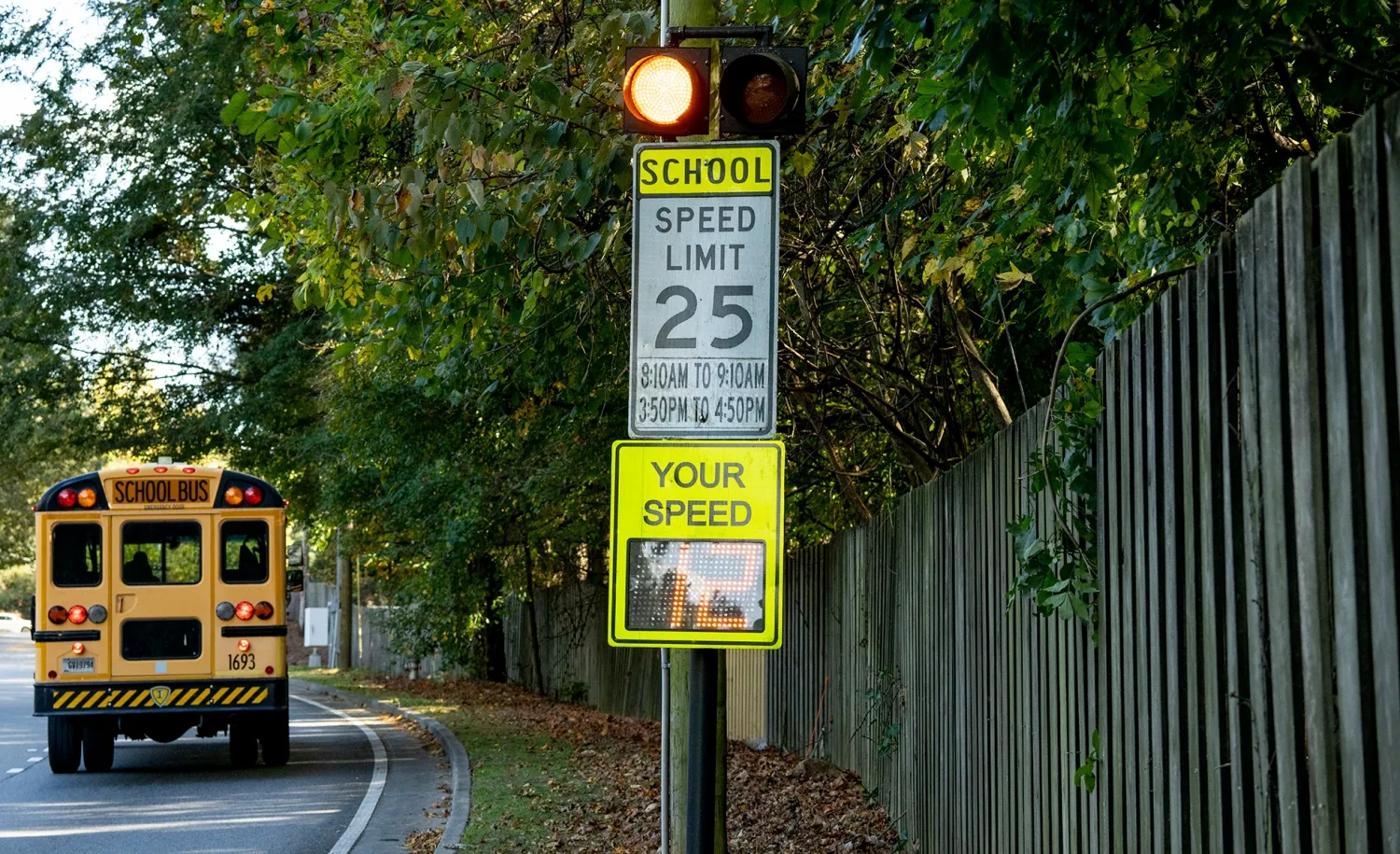Automotive supplier Visteon Corporation, in collaboration with Cohda Wireless, is providing vehicle-to-vehicle (V2V) communications equipment for the US Department of Transportation safety pilot program. The project potentially offers significant improvements in driver awareness including collision, hazardous road and curve speed warnings and traffic flow information. The safety pilot program is led by the University of Michigan Transportation Research Institute and will integrate 5.9 GHz dedicated short ra
October 4, 2012
Read time: 2 mins
Automotive supplier 2165 Visteon Corporation, in collaboration with 6667 Cohda Wireless, is providing vehicle-to-vehicle (V2V) communications equipment for the 324 US Department of Transportation safety pilot program. The project potentially offers significant improvements in driver awareness including collision, hazardous road and curve speed warnings and traffic flow information.
The safety pilot program is led by the5647 University of Michigan Transportation Research Institute and will integrate 5.9 GHz dedicated short range communication devices in more than 2,800 vehicles to test their ability to wirelessly communicate from vehicle-to-vehicle (V2V) and vehicle-to-infrastructure (V2I) – collectively known as V2X technology. Test vehicles will continuously receive location and status information from nearby test vehicles along with their speed and projected path. In addition, vehicles will communicate with roadside units along highways and intersections.
Visteon views V2X technology as a natural extension of the current connectivity, driver information and advanced human machine interaction (HMI) solutions it provides to vehicle manufacturers around the world. The company is working with Cohda Wireless to deliver solutions for the cooperative intelligent transport systems (ITS) market.
"Visteon has been improving the driver experience for many years, and this is the next phase in that evolution," said Steve Meszaros, Visteon product group president. "We're excited to be involved with such a significant technology development that has the ability to advance connectivity and safety well beyond existing systems. We're also pleased to be working with Cohda Wireless, a recognised leader in V2X radio technology."
The safety pilot program is led by the
Visteon views V2X technology as a natural extension of the current connectivity, driver information and advanced human machine interaction (HMI) solutions it provides to vehicle manufacturers around the world. The company is working with Cohda Wireless to deliver solutions for the cooperative intelligent transport systems (ITS) market.
"Visteon has been improving the driver experience for many years, and this is the next phase in that evolution," said Steve Meszaros, Visteon product group president. "We're excited to be involved with such a significant technology development that has the ability to advance connectivity and safety well beyond existing systems. We're also pleased to be working with Cohda Wireless, a recognised leader in V2X radio technology."








